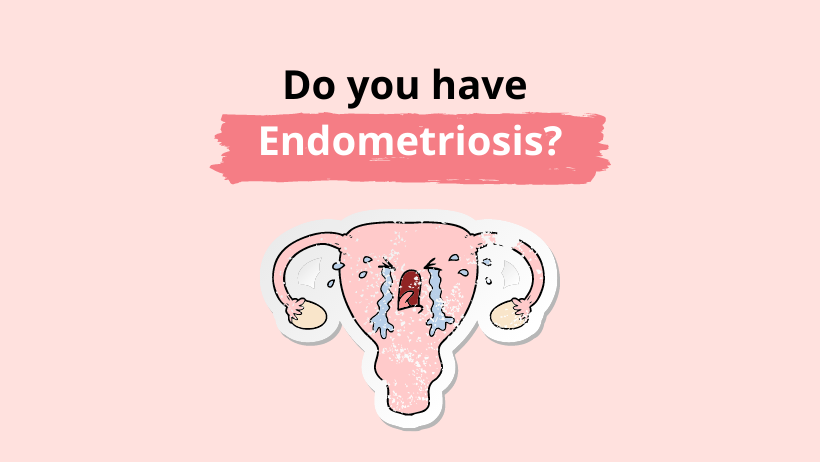Did you know that you can eat specific foods for healthy hormones?
In fact your diet plays a huge role in supporting healthy hormonal imbalance.
Certain foods can cause you to breakout more, and others can help you to breakout less. It does this by reducing testosterone, a key hormone in PCOS that can lead to hormonal acne.
What you eat can also influence other hormones like oestrogen and progesterone to reduce period pain and support healthy, regular menstrual cycles.
In this article discover my top foods for healthy hormones.
Top Foods for Healthy Hormones
Do you experience symptoms such as painful periods, menstrual clotting, fibroids, endometriosis, or abnormally heavy bleeding?
If you answered yes, then you may be experiencing excess oestrogen which means it’s time to make cruciferous vegetables a staple in your daily diet.
Cruciferous vegetables are like superfoods for hormonal balance.
They contain a compound called indol-3-carbinol which helps to support oestrogen detoxification by activating enzymes that speed up the clearance through the liver.
Aiming to eat 3-5 serves (1 serve = 1/2 cup) of the following vegetables per week:
- Cauliflower
- Broccoli
- Bok Choy
- Brussel Sprouts
- Cabbage
- Kale
- Turnips
- Kohlrabi
- Collard greens such as silverbeet
You could simply roast broccoli and cauliflower with some paprika, olive oil and sea salt and pop it in the oven for 20 minutes for a tasty addition to your dinner.
Alternatively, a coleslaw including grated purple or white cabbage is also an easy way to get in more cruciferous vegetables into your daily diet.
Flaxseed Meal to Improve The Balance of Oestrogen and Progesterone
Freshly ground flaxseeds could give your hormones a shake up by supporting the clearance of excess oestrogen.
They may also improve progesterone production.
Flaxseeds also know as linseeds contain a phytoestrogen called lignan, which compared to what its name suggests, does not increase oestrogen.
Instead it’s been shown to help clear oestrogen and increase sex hormone binding globulin, making oestrogen less available.
That means it will help with symptoms of excess oestrogen such as heavy, painful periods. It’s also been associated with reduced risk of breast cancer.
Lignan consumption from flaxseeds has also been associated with improved menstrual cycle length of the luteal phase and with better progesterone levels.
Symptoms associated with lower progesterone levels include:
- PMS
- PMDD
- Irregular cycles
- Infertility
- Depression
- Anxiety
- Breast tenderness before your period
- Premenstrual sugar cravings
So no matter if you have symptoms of high oestrogen or low progesterone, you could benefit from incorporating flaxseed meal into your daily diet.
To reap the benefits of this seed, ensure you are buying whole organic flaxseeds.
Grind them up either in a thermomix (level 10 for 10 seconds) or coffee grinder and pop it in a glass container in the fridge.
It’s important to not buy flaxseeds already grounded up as they contain essential fatty acids (omega 3) that can go rancid when sitting on the super market shelf.
Aim to eat 1 tablespoon – 2 tablespoons daily, by simply adding it to a smoothie, some yoghurt for a quick nutritious and filling snack or sprinkle on your salad at lunch or dinner.
Nutrition and Testosterone – Adjust Your Meal Portions For PCOS
Polycystic Ovarian Syndrome (PCOS) is seen in women who fail to ovulate regularly. This leads to irregular periods and a number of symptoms that comes with having high levels of testosterone.
Symptoms of high testosterone include:
- Hirsutism
- Acne and oily skin
- Male pattern hair loss
- Central weight gain (apple shape)
- Chronic pelvic pain
- Hypothyroidism
If you are wondering what you can do from a dietary perspective to reduce testosterone, consider adjusting your meal portions as per this research study.
A research study on patients with PCOS, found that in the group who consumed a larger breakfast and smaller dinner significantly reduced testosterone by 50%.
There was also a significantly higher portion of women who began ovulating at the end of the study in the group who ate a larger breakfast and smaller dinner.
If you have been diagnosed with PCOS, or perhaps you are unsure because you have never received an ultrasound but you do experience the above symptoms regularly, then you may benefit from altering your meal portions.
Aim to eat a more substantial breakfast such as eggs on toast with avocado and tomato.
Keep your dinner light by having a smaller portion of protein with sautéed vegetables or side salad.





